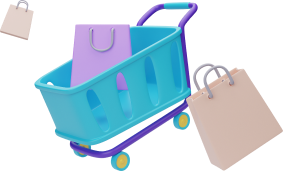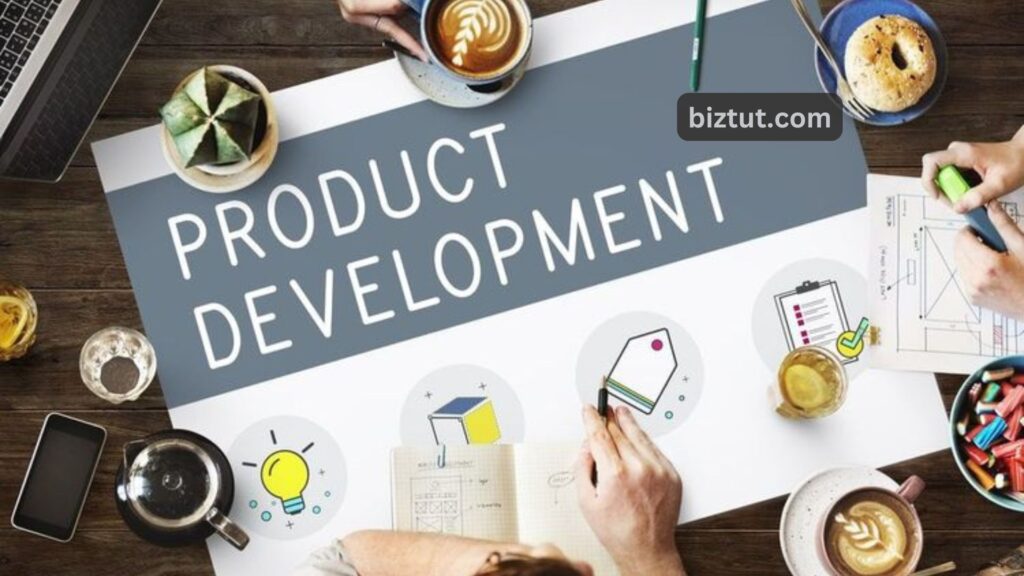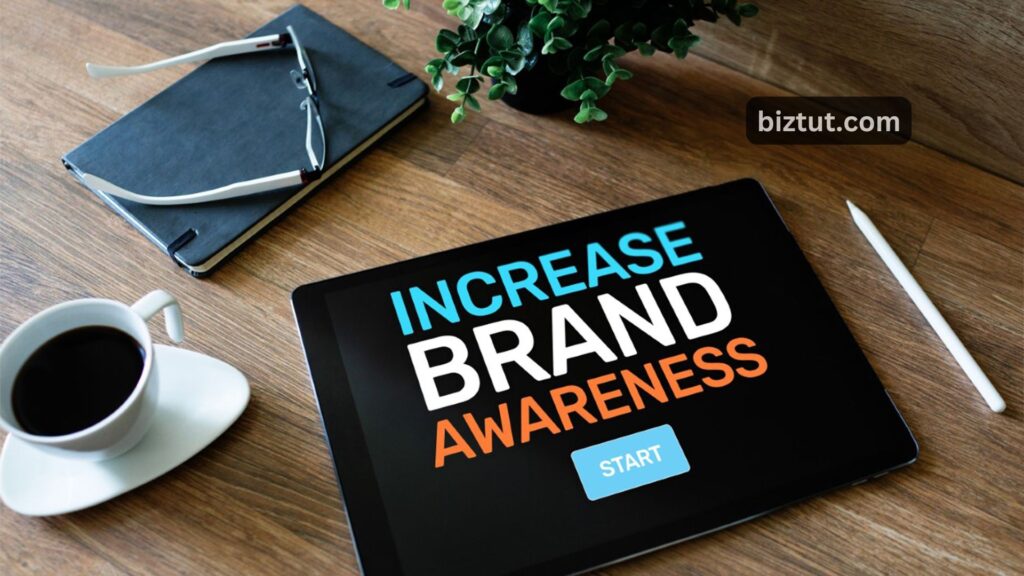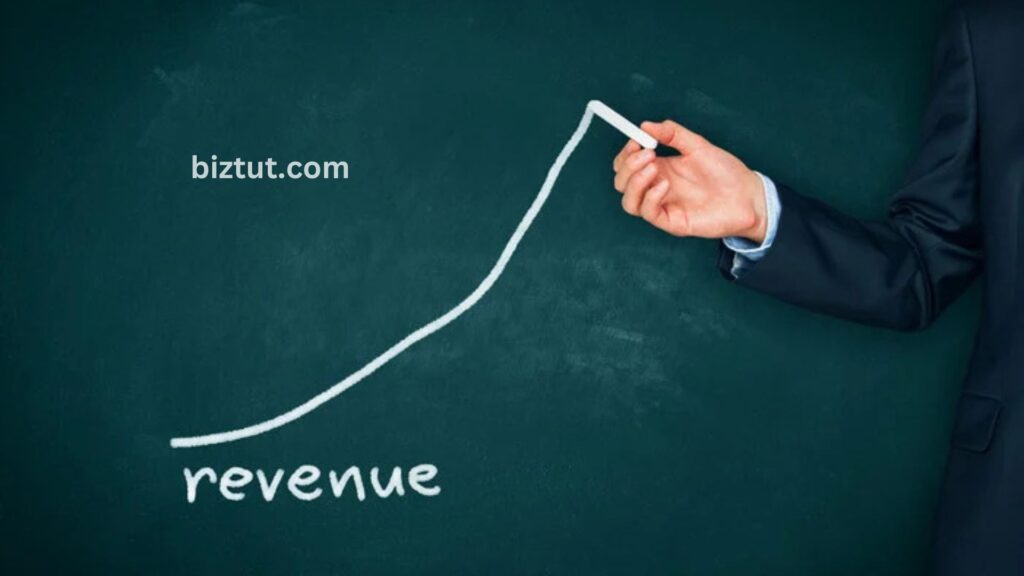One of the biggest challenges for small businesses is getting new customers. You need fresh faces to stay afloat and grow, but it can be resource-intensive and costly. In just the past five years, the cost to acquire customers has jumped by 50%.
Attracting new customers on a tight budget can be tough, but there are ways to make it work. Here are some tips to help you boost your customer acquisition strategy:

- Create a Scalable Strategy with Clear Goals
The first step to a successful customer acquisition plan is to set clear, measurable goals. To do this, gather data about your current customers. Look at their spending habits and how they interact with your business. Use demographic and behavioral data to create customer profiles and find similar audiences to target. Then, plan how to reach those potential customers effectively.
As you develop your plan to attract new customers and increase revenue, ensure your strategy is scalable. You don’t want costs to spiral out of control as your business grows. Stay focused on your goals and target audiences that are likely to be interested in your product or service.
- Make Engaging Content That’s Easy to Find
Content is key when it comes to grabbing the attention of potential customers. Today’s consumers prefer to make their own decisions rather than be sold to. Your job is to create helpful content that empowers them to make informed choices while raising awareness of your brand.
User-friendly tools like Adobe Express and Adobe Premiere Rush allow anyone—even those without a design or marketing background—to create attractive content. Adobe Express helps you craft content for social media platforms like Facebook, Twitter, Instagram, and LinkedIn, as well as infographics and blogs. Premiere Rush makes it easy to shoot, edit, and share high-quality videos right from your phone. Keep your website and other channels updated with content that meets the needs of your target audience.
Once you have created content, ensure that your ideal customers can find it. Use analytics tools to discover what visitors are searching for on your site and include those keywords in your content. This is a budget-friendly way to start your SEO strategy. You can also invest a bit in paid ads for those keywords to appear in Google searches.
- Think Omnichannel—Just Like Your Customers Do
Over 70% of customers interact with a business through multiple channels before making a purchase. They might search online, see an ad, engage with a social media post, and check their email before they’re ready to buy. To avoid missing out on interested customers, meet them where they are and provide a consistent experience across all channels.
Creating content for various channels can be challenging, but tools like Adobe Express make it easy to design graphics once and resize them for different uses, including social media platforms like Facebook, Instagram, and Pinterest. This approach also helps keep your branding consistent across different channels. You can find suitable images for your work on Adobe Stock and edit them in Adobe Lightroom and Adobe Photoshop.
- Keep Sales Simple
A potential customer visits your website, picks a product, and heads to checkout—only to leave before completing the purchase. Did you know that 67% of online shopping carts are abandoned? Many customers may be interested but get discouraged during checkout.
The most common reasons for cart abandonment often relate to pricing and the ease of checkout. If customers encounter hidden fees or unexpectedly high shipping costs, they may look for a better option. Similarly, if the process is too long or complicated, they’ll likely get frustrated and leave.
To combat cart abandonment, consider offering free shipping or full refunds. Customers are more likely to buy if they feel secure about their spending. Also, make the checkout process as smooth as possible—allow customers to quickly move between their cart and the rest of your site, and offer a guest checkout option so they don’t have to go through a long registration. Providing multiple payment options can also help boost completion rates.
- Retarget Visitors Who Don’t Purchase
If someone visits your site but doesn’t make a purchase, don’t give up on them. They’ve shown interest and may just need a little nudge to complete the sale. You can use ad retargeting and email recovery campaigns to bring back those who abandoned their carts.
Start by segmenting the types of cart abandoners based on factors like the product type, the number of times they’ve visited your site, and their cart’s total value. This information will help you craft personalized messages that address whatever hurdle stopped them from completing their purchase. Once you’ve created these segments, deliver targeted ads on effective channels to remind them about your products and the benefits of buying from you.
Email recovery campaigns are another great option. You can set up a system to send emails to customers who abandon their carts. These emails should include personalized information based on the segments mentioned earlier. Remind them of the product they were interested in, highlight the benefits of purchasing from you, and consider offering a guarantee or promotion for the item.

- Reward Loyalty
While attracting new customers is essential, keeping them is just as crucial for business growth—if not more so. Once you successfully convert a potential customer, you want them to return. Repeat customers are easier to sell to because they already trust your products and have a connection with your brand. Plus, they usually spend more. In fact, a brand’s top 1% of customers typically spends five times more than the other 99%.
Consider starting a customer loyalty program. If customers can earn rewards for their purchases, they’ll have more reason to buy from you. A program that offers discounts for referrals can bring loyal customers back while introducing your brand to new buyers. Word-of-mouth recommendations influence 50% of all purchases, so use your loyalty program to turn your customers into your own marketers.
Also Read: How to expand into new markets 2024
Because people trust other consumers like themselves, peer influence can drive similar customers to your site. If your existing customers are positively talking about you online, share that content on your website and social channels as well.
By focusing your customer engagement strategy and meeting customers where they are with effective content, you can attract interested buyers. Plus, loyalty programs and personalized messages can keep those customers coming back and help your business grow.













